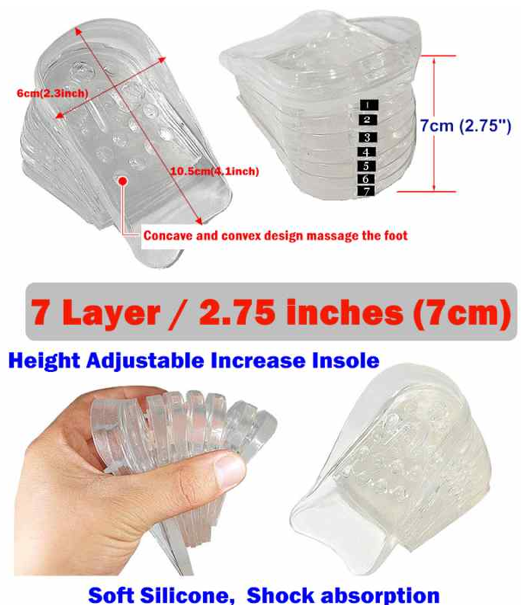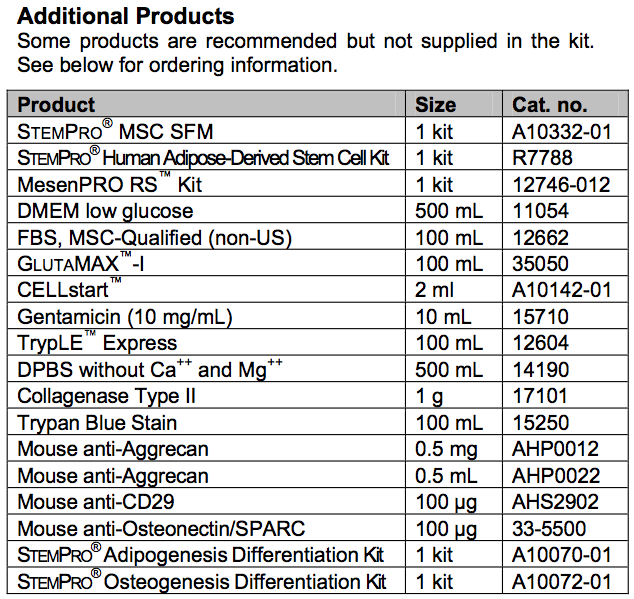Me: What is unique about this study is that for me, I realized that even if the progenitor stem-like cells in the epiphysis or resting zone get differentiated into chondrocytes, the chondrocytes don’t ever seem to stop differentiating and transforming until they reach the end of the hypertrophic zone (HZ). They reach the last stage of their life by turning into non dividing chondrocytes which get hypertrophic. In the resting zone, it seems that the chondrocytes and stem-like cells in there are being held back from differentiating and proliferating by BMP signaling inhibitors. This seems to imply for the first time that maybe, just maybe that over expression of BMPs, at least certain types of BMP, can not be helpful or even damaging towards longitudinal growth. If the BMP signals never show up, the stem-like progenitor cells seem to just like in stasis without any differentiation in the RZ. It sort of also suggest that there is only so much number of stem-likes cells to originally deal with and that the usefulness in manipulating BMPs to increase the number of proliferative cells may be limited.
For the Resting Zone (RZ): 1. Overexpression of BMP-3 by 100X, 2. over expression of gremlin by 80X compared to the PZ
For the Proliferative Zone (PZ): 1. Over expression of GDF-10 by 160X compared to HZ
For the Hypertrophic Zone (HZ): 1. up regulation of BMP2 by 30X, 2. up regulation of BMP-6 by 30X compared to RZ & PZ.
The Main Point
- 1. Low levels of BMP signaling in the resting zone may help maintain these cells in a quiescent state.
- 2. BMP signaling gradients may be a key mechanism responsible for spatial regulation of chondrocyte proliferation and differentiation in growth plate cartilage
From PubMed study link HERE…
Gradients in bone morphogenetic protein-related gene expression across the growth plate.
Source
Developmental Endocrinology Branch, National Institute of Child Health and Human Development, National Institutes of Health, Bethesda, Maryland 20892, USA. ola.nilsson@ki.se
Abstract
In the growth plate, stem-like cells in the resting zone differentiate into rapidly dividing chondrocytes of the proliferative zone and then terminally differentiate into the non-dividing chondrocytes of the hypertrophic zone. To explore the molecular switches responsible for this two-step differentiation program, we developed a microdissection method to isolate RNA from the resting (RZ), proliferative (PZ), and hypertrophic zones (HZ) of 7-day-old male rats. Expression of approximately 29,000 genes was analyzed by microarray and selected genes verified by real-time PCR. The analysis identified genes whose expression changed dramatically during the differentiation program, including multiple genes functionally related to bone morphogenetic proteins (BMPs). BMP-2 and BMP-6 were upregulated in HZ compared with RZ and PZ (30-fold each, P < 0.01 and 0.001 respectively). In contrast, BMP signaling inhibitors were expressed early in the differentiation pathway; BMP-3 and gremlin were differentially expressed in RZ (100- and 80-fold, compared with PZ, P < 0.001 and 0.005 respectively) and growth differentiation factor (GDF)-10 in PZ (160-fold compared with HZ, P < 0.001). Our findings suggest a BMP signaling gradient across the growth plate, which is established by differential expression of multiple BMPs and BMP inhibitors in specific zones. Since BMPs can stimulate both proliferation and hypertrophic differentiation of growth plate chondrocytes, these findings suggest that low levels of BMP signaling in the resting zone may help maintain these cells in a quiescent state. In the lower RZ, greater BMP signaling may help induce differentiation to proliferative chondrocytes. Farther down the growth plate, even greater BMP signaling may help induce hypertrophic differentiation. Thus, BMP signaling gradients may be a key mechanism responsible for spatial regulation of chondrocyte proliferation and differentiation in growth plate cartilage.
- PMID: 17400805 [PubMed – indexed for MEDLINE] Free full text



